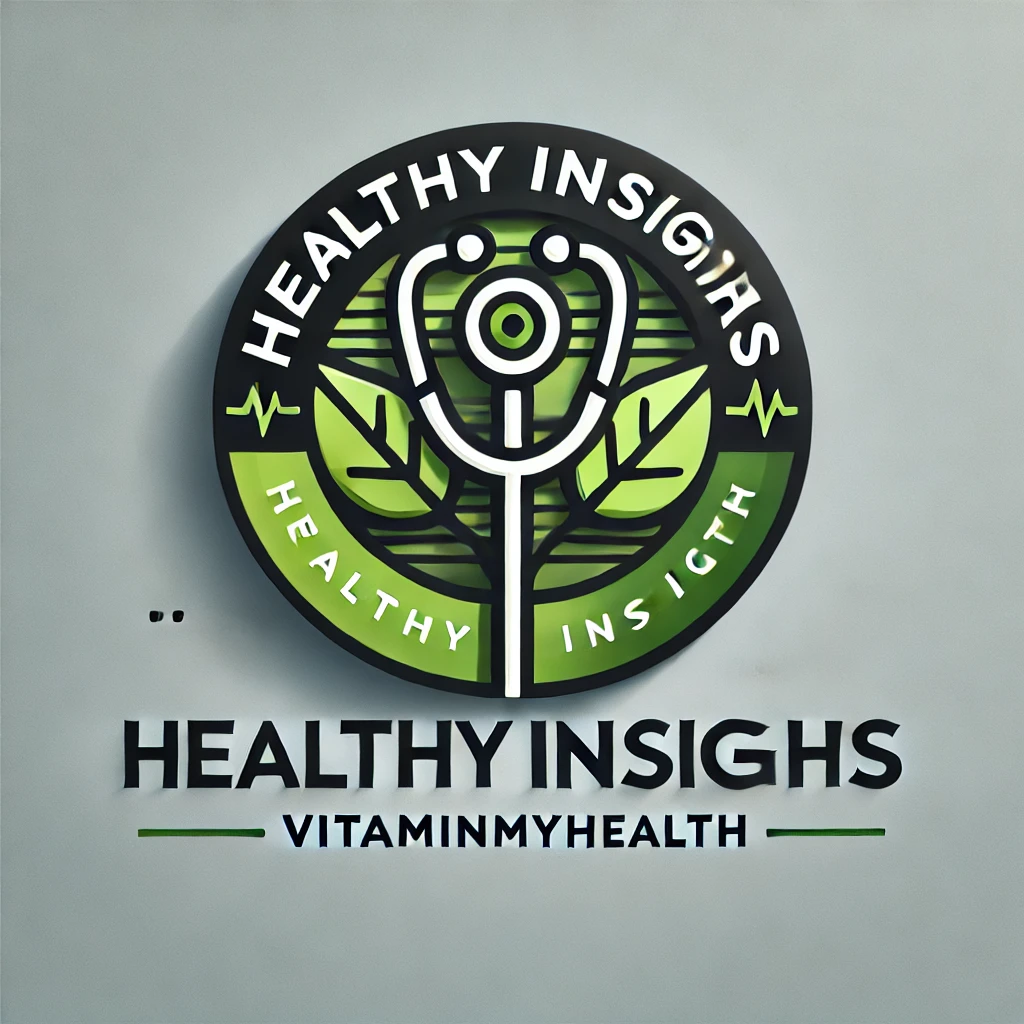RETINOIDS
If one has moderate to severe acne that hasn’t improved with other treatments, a retinoid may help. Retinoids can unclog pores when spread on the skin, allowing other gels and medicated creams to work better. They also lessen acne outbreaks by preventing dead cells from blocking pores. Clearing acne and reducing outbursts may also reduce the formation of acne scars.
Retinoid pills treat oil production and bacteria that cause acne and inflammation.
How to Apply: Apply retinoid cream on your skin once a day after washing your face for 20 to 30 minutes.
What Else Must You Know: Retinoids may cause redness, peeling skin, or worsen acne. As your body becomes accustomed to the product, you can use it alone or mixed with moisturizer every other day.
RETINOIDS FOR WRINKLES
FDA first approved Tretinoin as a retinoid to treat wrinkles. This prescription retinoid works by raising the making of new collagen. It also invigorates new blood vessels in the skin, giving skin a glowing appearance and reducing precancerous skin spots called actinic keratosis and fading age spots. Tretinoin also may help prevent more severe effects of ultraviolet radiation.
Although over-the-counter retinoids may not reduce wrinkles as well as Tretinoin, they can improve sun-damaged skin’s appearance. Using them and products with alpha-hydroxy acids may provide even more skin-smoothing benefits.
How to Apply: Apply twice weekly to the chest, hands, face, neck, and forearms.
What Else You Need to Know: Improvements in wrinkles take 3 to 6 months of regular use.
RETINOIDS FOR PSORIASIS
Retinoids can slow down the growth of skin cells in patients with psoriasis. A retinoid gel or cream is often combined with steroid treatment. Usually, you can apply a dab once a day before bed on each sore.
RETINOIDS FOR WARTS
After other treatments have failed, doctors may prescribe retinoids for warts. Retinoid cream disrupts wart cell growth.
How to Use: Follow the doctor’s instructions on applying retinoids to warts. Before warts disappear, creams may need to be used for a few months.
What Else You Should Know: Retinoids might be the best treatment for flat warts.
RETINOIDS, RETINOL, AND RETINOL ESTERS
To understand the types of retinol, let’s first know what they are. Retinoids are classes of vitamin A derivatives. Retinol is a type of retinoid. There are many types of retinoids and retinol, which we will explain later.
By binding to retinoid receptors in our skin, retinoic acid smooths out lines, brightens dull skin, and controls acne. The problem is that pure retinoic acid can be too harsh for most skin types. Researchers developed other forms of vitamin A that had to be converted several times before becoming retinoic acid and delivering those skin-changing results. Whatever retinoid you choose must all be converted to retinoic acid to work. The more conversions, the more extended it takes, and the gentler it will be on the skin.
USES OF RETINOIDS
Retinoids have wide use in dermatology treatments and cosmetics. Most commonly, retinoids are used to treat mild to moderate acne. By unclogging pores, retinoids let topical antibiotics get inside the pores. These two actions can help eliminate acne-causing bacteria.
Other Possible Uses Include:
- Psoriasis: Lowering inflammation and limiting high rates of skin cell proliferation aids in alleviating psoriasis symptoms.
- Pigment Conditions: Retinoids can work on cells that produce pigments, relieving conditions such as melasma and actinic lentigines.
- Skin Ageing: Increasing pro-collagen production and lowering inflammation can reduce wrinkles and other signs of ageing.
- Certain Types of Cancer: Retinoids promise to decrease the likelihood of certain skin cancers, including cutaneous T-cell lymphoma and Kaposi’s sarcoma.
- Pseudofolliculitis Barbie: Retinoids can provide relief for this inflammatory condition involving skin irritation after hair removal.
CATEGORIES OF RETINOIDS
Six primary categories of retinoids are utilized to address wrinkles:
- Retinyl Palmitate: The least potent OTC retinoid, ideal for dry, sensitive skin with minimal wrinkling.
- Retinol: The standard ingredient found in OTC retinoid products.
- Tazarotene: The most potent retinoid, available by prescription only.
- Tretinoin: A prescription retinoid, considered for enhanced pro-ageing support.
- Retinaldehyde: A stronger OTC retinoid than retinol, suitable for sensitive skin.
- Adapalene: The first FDA-approved OTC retinoid for acne treatment.
DIFFERENCE BETWEEN RETINOIDS AND RETINOL
Although the terms “retinoids” and “retinol” are frequently used interchangeably, they have differences. Retinol is less potent and works slower compared to prescription retinoids but is effective in reducing wrinkles, mild acne, and hyperpigmentation.
FUNCTIONS/BENEFITS OF RETINOIDS
- Helps lower inflammation.
- Unclogs blocked pores.
- Regulates growth and cells on the body’s surface.
- Slows skin ageing caused by UV light exposure.
FOOD SOURCES OF VITAMIN A
- Beef
- Calf
- Chicken liver
- Eggs
- Fish liver oils
- Dairy products (e.g., whole milk, yoghurt, butter, cheese)
SIDE EFFECTS OF RETINOIDS
- Redness
- Irritation
- Burning
- Itching
- Dry skin
- Flaking and peeling
- Increased sensitivity to the sun
- Skin cancer (rare)
CONCLUSION
Ageing research is divided into two main streams: exploring pathophysiological events responsible for ageing and investigating anti-ageing agents. Retinoids, particularly Tretinoin, are the most effective agents in treating ageing. Less irritating alternatives like Adapalene and Retinaldehyde offer promising results.

